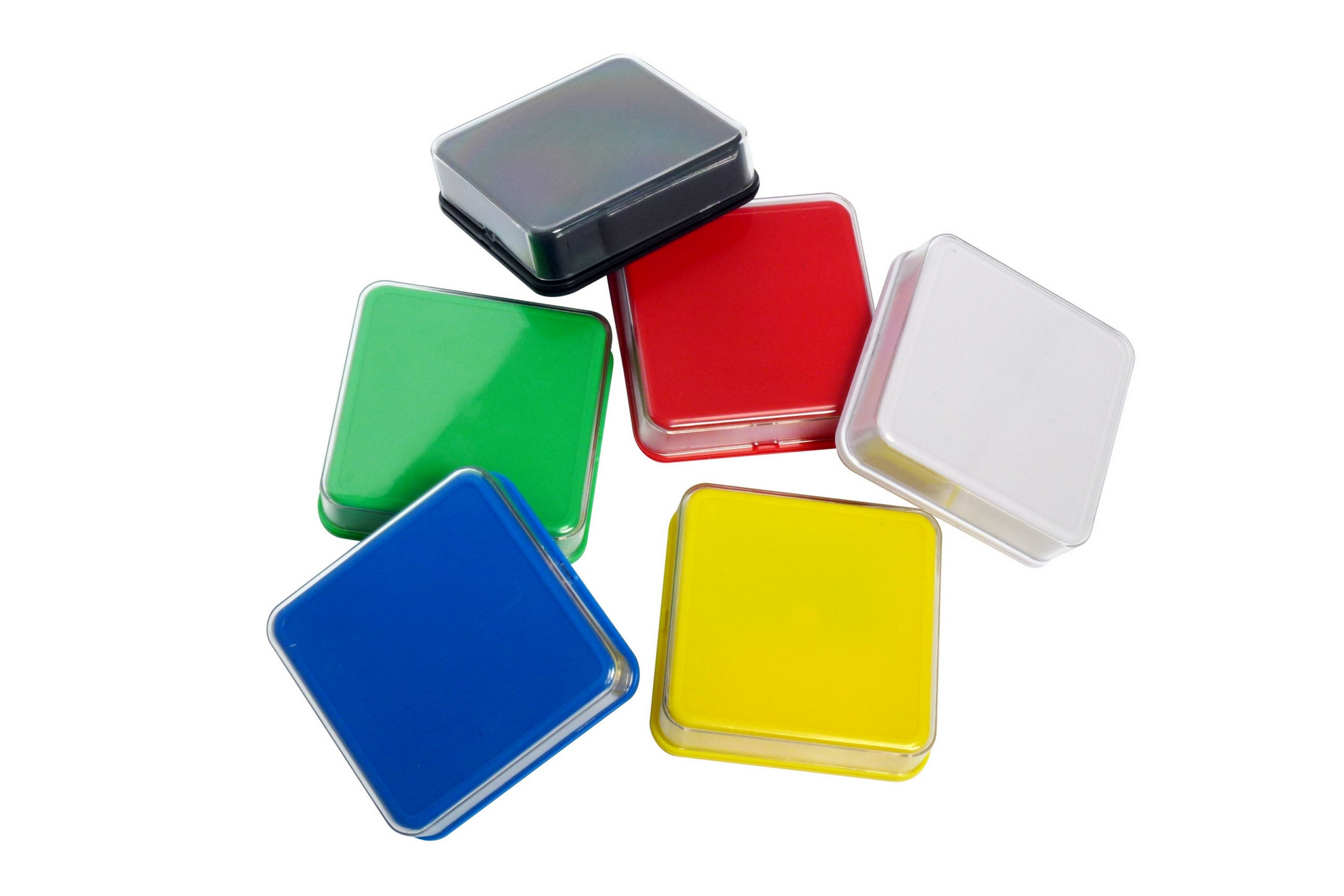BLOG


Strategies to help children with ADHD and Autism
Children who have been diagnosed with Attention Deficit Hyperactivity Disorder (ADHD) and autism often have trouble controlling their behavior. They may act impulsively, without even thinking about the potential consequences. When these children get punished or reprimanded for actions that are beyond their control, their behavior tends to get worse. Over a period of time, their self-esteem may go down if they’re not handled with love and care – both at school and at home.
Parents, whose children have ADHD or autism, should work closely with their child’s teachers and guidance counselors. Their symptoms need to be understood and they must be supported to cope with their behavioral needs. Here are some strategies that can help children with ADHD and autism, at school and at home:
1. Allow movement
Children who have trouble sitting still or staying in their seat should be given the opportunity to move throughout the day. Their movement can be encouraged by standing up at their desk while doing their work, walking around the class in a predefined area, passing materials, erasing the board and running errands to the school office etc.
2. Keep Distractions Away
Ensure that the child is seated away from distractions such as window, door and pencil sharpeners etc.
3. Divide the work
Classroom work must be divided into small, manageable steps. Students with ADHD and autism must be given breaks between tasks to complete them.
4. Teach self-regulation
At home, parents can help their children by teaching deep breathing, yoga or meditation as a method of self-regulation. These will help the child learn to slow down their thoughts and their bodies. You can get the help of a professional to teach these to your children.
5. Develop a routine and structure
Follow a routine and structure to ease your child’s day. Ensure that you follow this even during weekends and vacations. Children with ADHD and autism thrive in a structured environment, when they know what to expect.
6. Create Quiet Corners
Quiet times are very important for children with ADHD and autism. As a parent, you can create a space for your child to retreat during their quiet times. Put up a bean bag and plenty of books, puzzles and coloring books to keep your child busy and quiet.
7. Listen to music
Soothing music can help some children calm down. Find out what kind of music works with your child and use it in the background for times when you think their activity levels need to be low – such as while they are doing their homework, during dinner time or before bedtime.
8. Use fidgeting alternatives
Children, who seem restless or tend to fidget always while trying to sit still, can benefit from fidgeting alternatives. This helps them release energy and keep moving without disturbing others. A stress ball or any other similar object can help the child sit still for longer periods of time.
Apart from trying the above strategies, it is important for parents and teachers to remain calm. Children with ADHD and autism are affected by the reaction of others. Signs of frustration and anger in teachers and parents can increase the levels of hyperactivity. A neutral and calm tone will help the child remain calm as well.

